| Assessment Report |
Year |
Work Summary |
| Denison Mines Ltd./Denmontan Resources Limited/SMDC (JV) |
| 64E13-0038 |
1978 |
Airborne EM (INPUT) and magnetic survey |
| 64E13-0039 |
1978 |
Ground geological, scintillometry, soil gas radon, radion-in-water, sediment and |
| lake bottom geochemical surveys |
*EXPLORATION HIGHLIGHTS on RCV Grid No. 2*
- Discontinuous radioactive pegmatite bodies are mapped over a strike-length of 1 mile
- Elevated soil gas radon anomalies (up to 9x higher than background) show strong correlation with EM conductors
- Drill water
|
| Ground EM (VLF and Max-Min) and magnetometer geophysical surveys |
*GEOPHYSICS HIGHLIGHTS on RCV Grid No. 2*
- EM survey identifies the presences of multiple conductors
|
| 64L03-0015 |
1978 |
6 DDH (WP-78-01 to WP-78-06) for 649.2 m on RCV Grid No. 2 |
*DDH HIGHLIGHTS on RCV Grid No. 2*
- 0.031 wt% U3O8 over 6.4 m at 24.3 m vertical depth in DDH WP-78-01
- Drill water from WP-78-01 returned radon gas in water concentrations of 65,000 Pc/L
|
| 64L03-0018 |
1979 |
Ground EM (Max-Min) surveys on 11 grids |
| 11 DDH (WP-79-01 to WP-79-11) for 1,389.6 m of which 7 DDH are drilled on RCV Grid No. 2 for a total of 931.5 m |
*DDH HIGHLIGHTS on RCV Grid No. 2*
- 0.011 wt% U3O8 over 13.1 m at 94.3 m vertical depth in DDH WP-79-06
- 0.034 wt% U3O8 over 5.9 m at 59.0 m vertical depth in DDH WP-79-07 includes maximum assays of 0.066 wt% U3O8 over 0.61 m
|
| Marline Oil Corporation |
| 64E-0005 |
1979 |
Airborne radiometric and VLF-EM surveys |






